Polly Apfelbaum first attracted attention with textile floor works consisting of countless ink-dyed pieces of fabric, individually cut to different sizes. Alluding to Matisse, Apfelbaum once remarked that she draws with her scissors. The works to which she applies the term “fallen paintings” are reconfigured for each new presentation. When Apfelbaum talks of the “descent into hell,” she is referring to the fact that, as she sees it, she “illicitly” resorts to painting as a means of invading a zone ordinarily occupied by classical Minimal Art.
She designs geometrical grids in space, and by folding, layering, or wrinkling her fabric she also addresses issues of sculptural concern. In addition to the obsessiveness revealed in the sheer quantity of cut, painted, and systematically arranged pieces of fabric, these brightly coloured works are characterized by their precarious properties, especially their provisional status. The term latency is crucial to understanding this oeuvre. Unlike carpets or the paper cut-outs of Matisse’s late work, the hundreds of pieces assembled to make a work are not connected. The identity of these fragile compositions is intrinsically subject to displacement, superimposition, disorder, and disintegration. Apfelbaum’s interest in the layout of systematically arranged colour fields ultimately yields works situated somewhere between painting, sculpture and installation. Her post-minimalist approach creates places of instability and transition.
The situations, things, buildings, and animals that were the subject matter of the photographs Apfelbaum presented in Amden were specifically selected to express how she envisioned this place in the mountains and the atmosphere inside the building. It was a vision that, prior to the exhibition, grew out of, and was shaped exclusively by, what I had told her and what she had seen in photographs. It culminated in the installation Haunted House, consisting of 350 pictures in the same format, closely hung, row upon row, on the walls and along the beams. Visitors were invited to take them along. The same pictures were printed in a bound book, presented in the exhibition together with the green suitcase in which Apfelbaum had transported her work from New York. All of the pictures were mounted on the walls in the same order as they appeared in the book. A complete index of the photographs in the installation was hung in the entrance. A little bottle of moonshine, also brought along from New York, was available as a tonic for hikers. The artist found most of the pictures in Google images; a few she took herself. According to Polly Apfelbaum, the internet is full of ghosts that never materialize, and she wants to bring them to life. She tried to find pictures that you would find in a haunted house — the ephemera left over from many different lives. Haunted House started out as a fanciful whimsy, maybe even as an idée fixe that emerged at the computer in New York — an excerpt from an electronic memory. Only in this case, it actually did evolve into a real place in the form of an exhibition — at least for a few weeks.
– Roman Kurzmeyer

 Images
Images
 Info
Info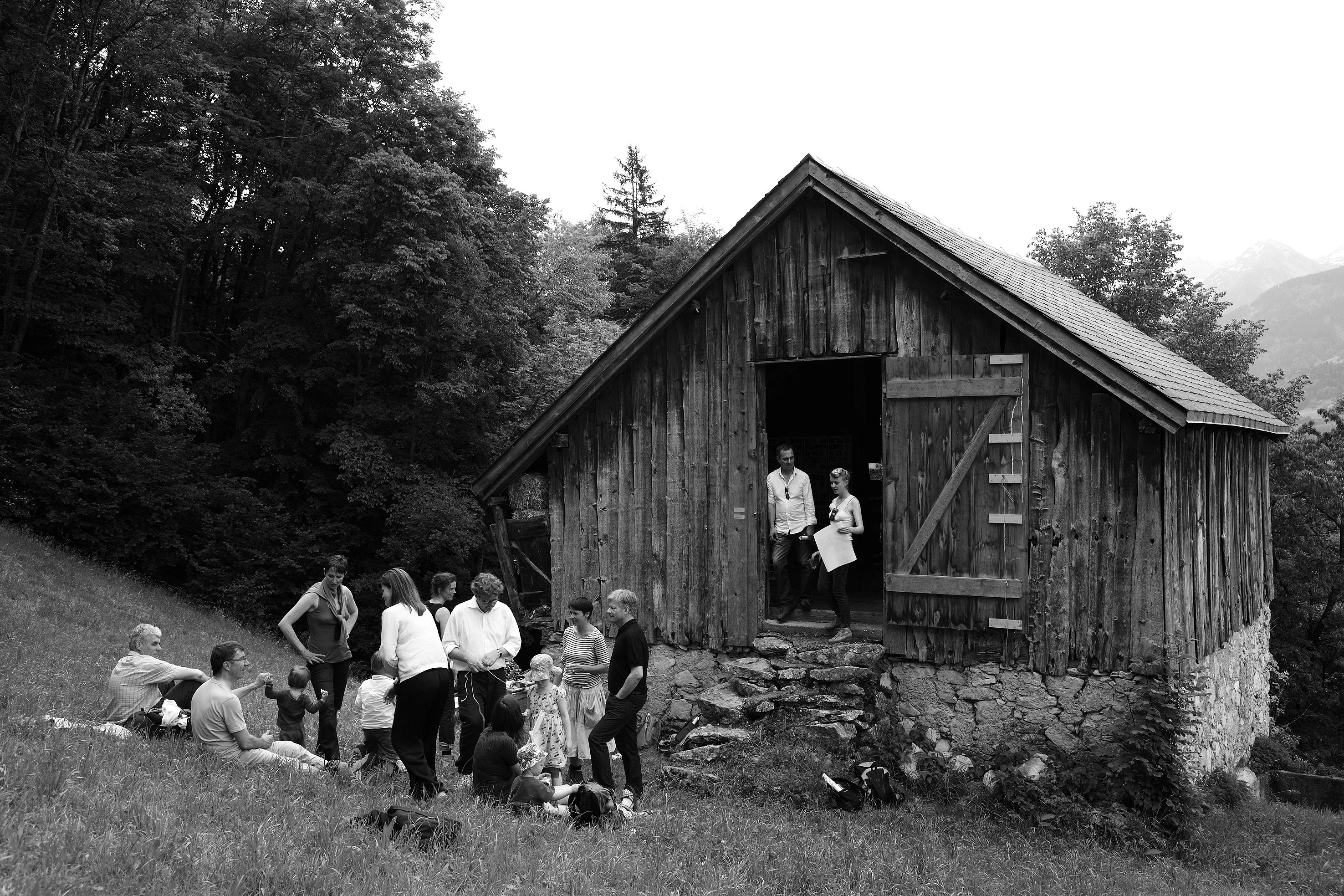

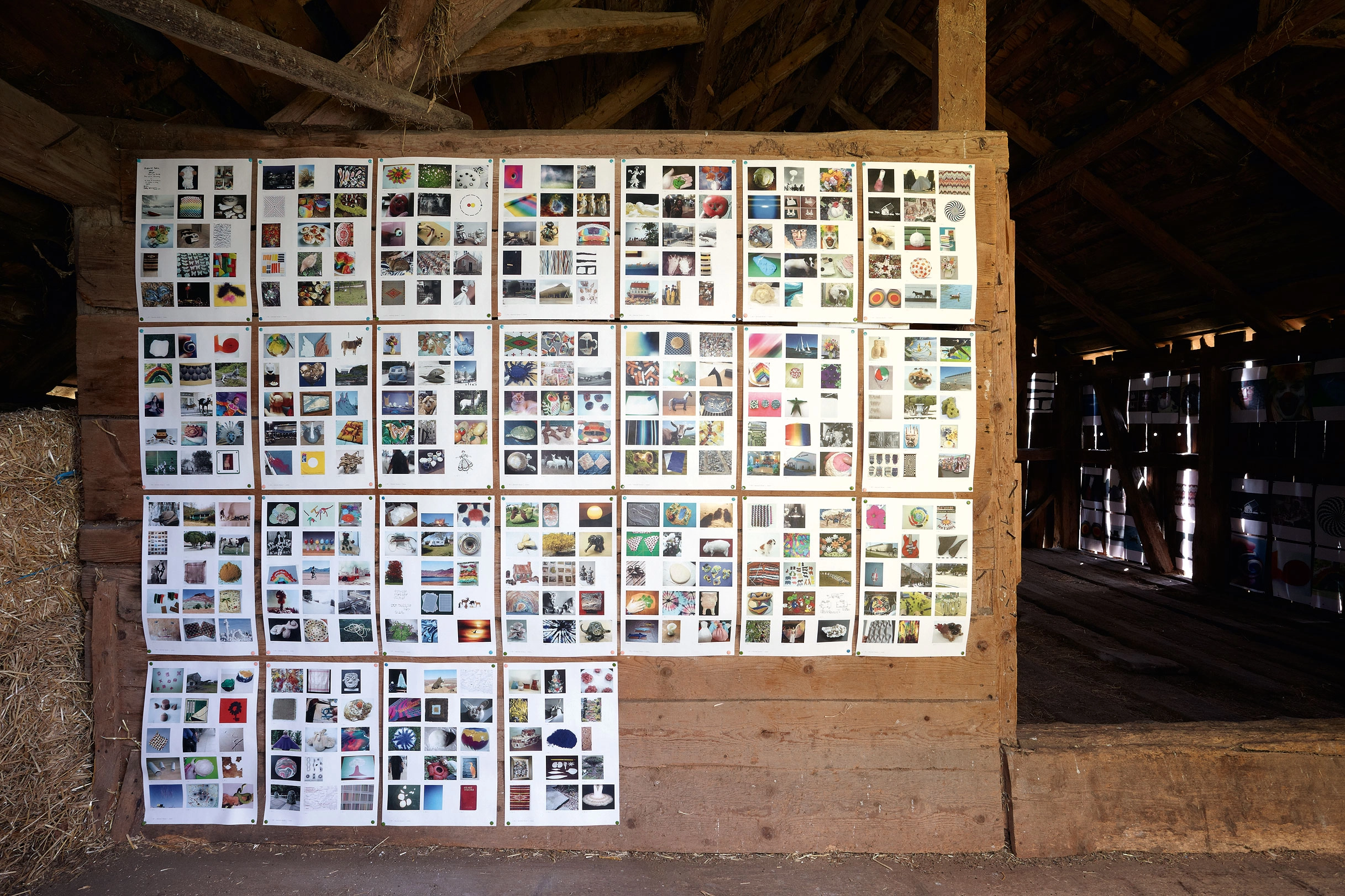
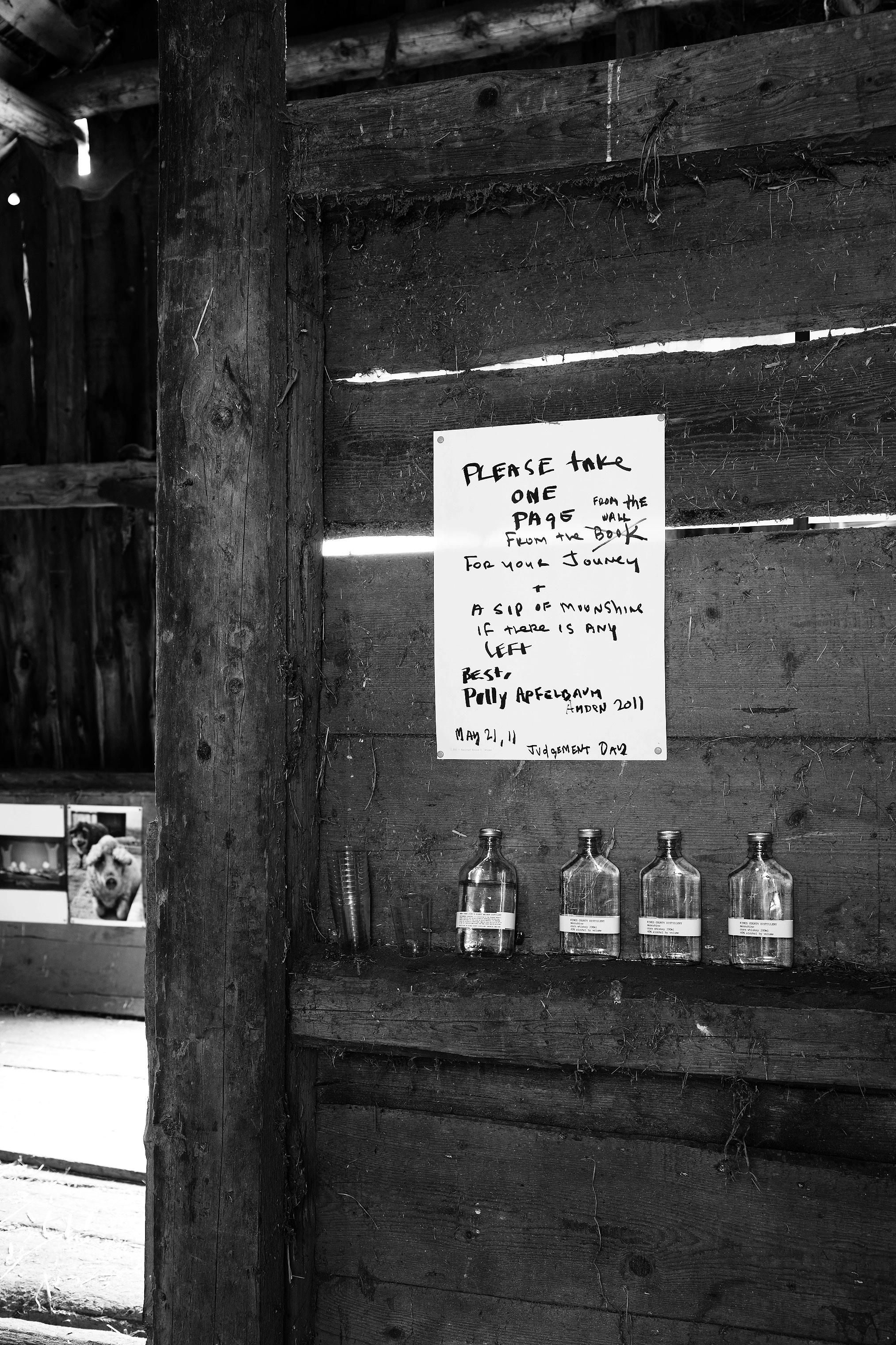
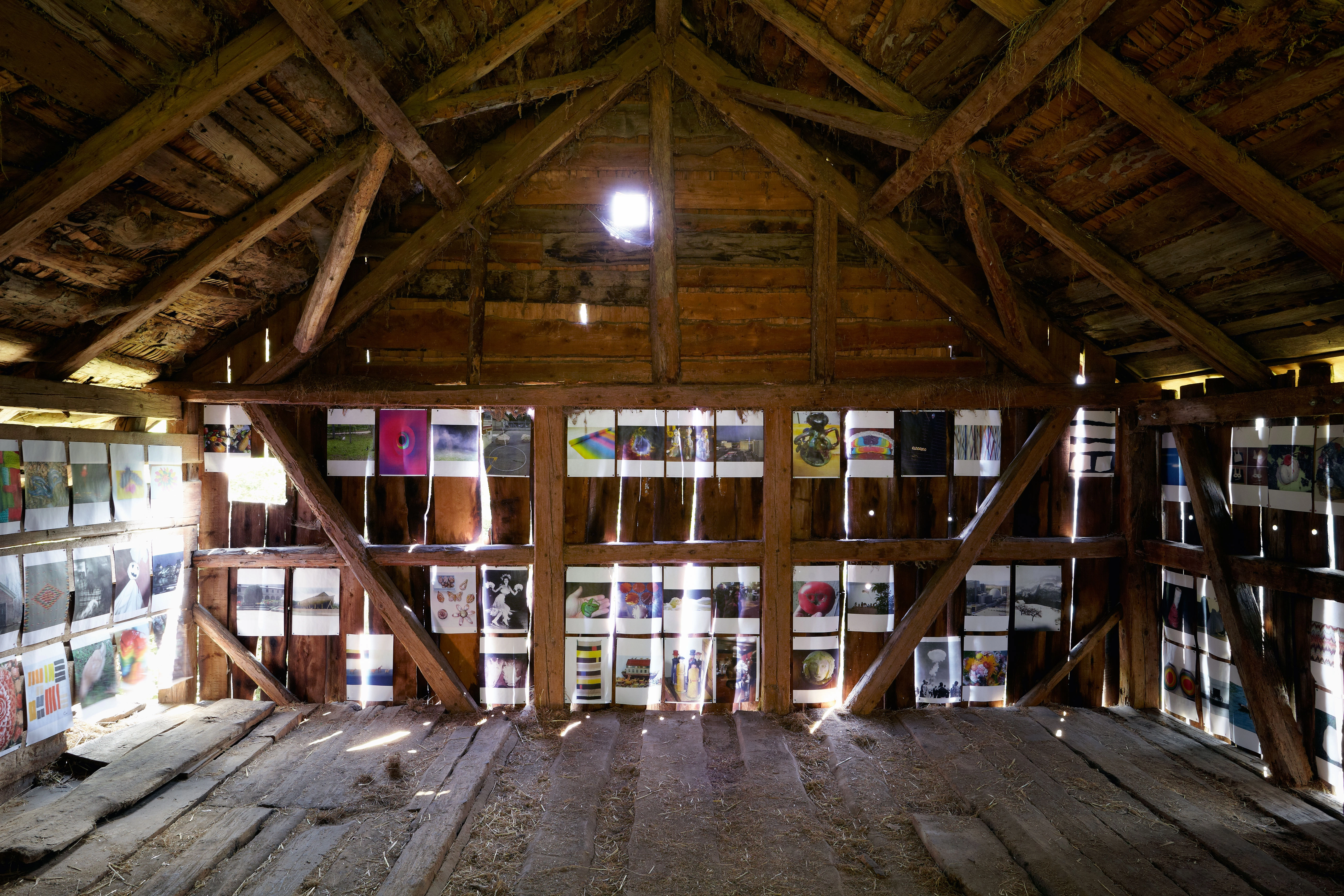
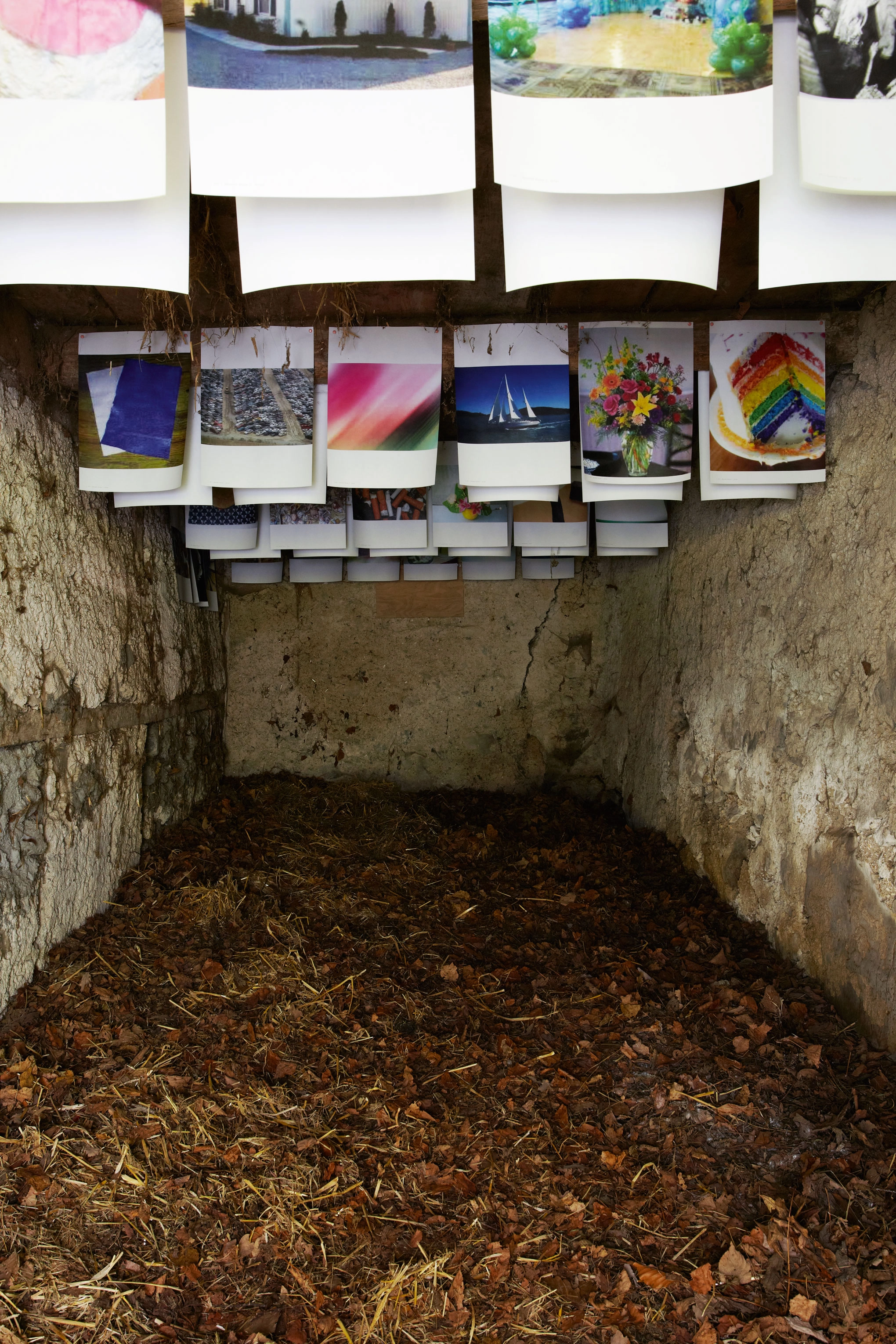
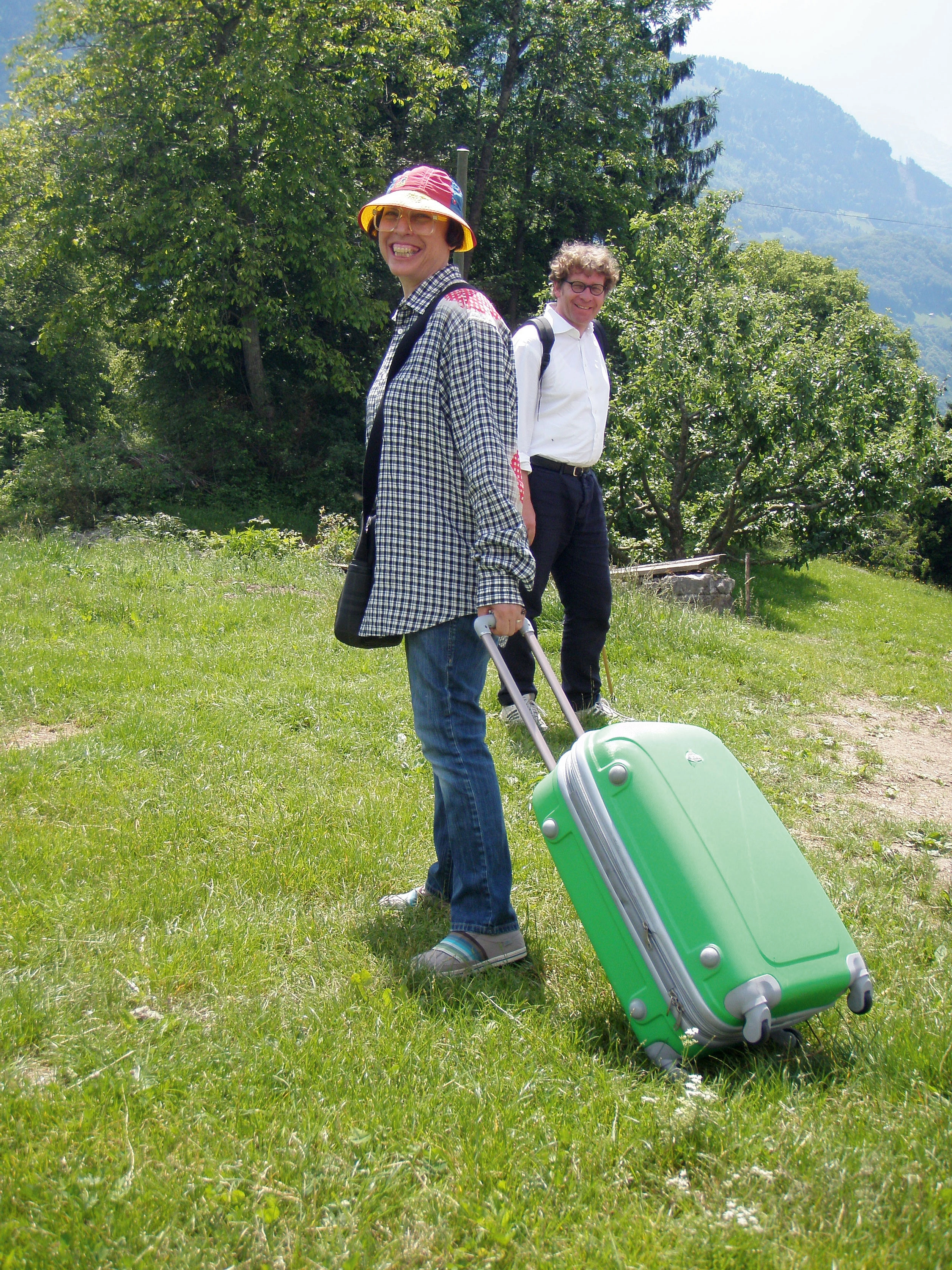

 2022, Greenhouse
2022, Greenhouse